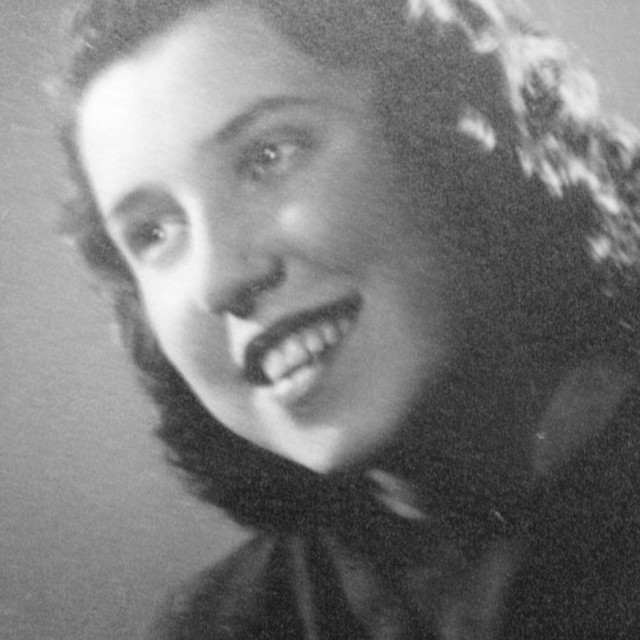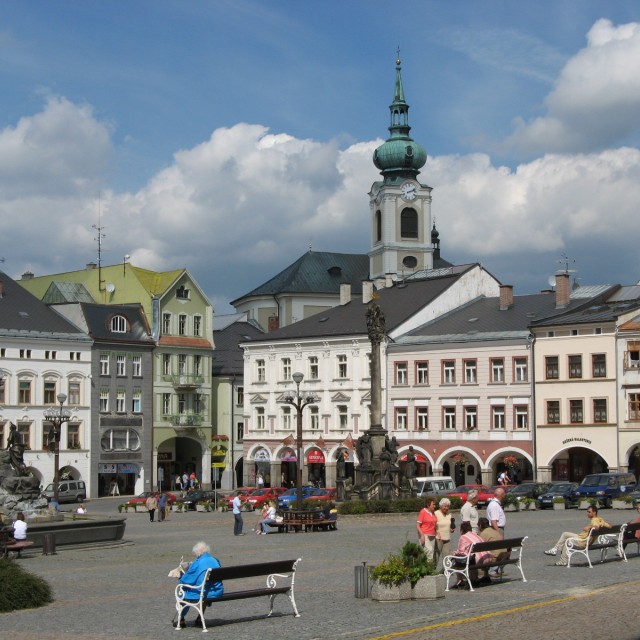After three years, she felt like a human being again
On May 8, 1945, the Red Army liberated the labor camp in Merzdorf. A group of Czech Jewish women, among them Jana Dubová, joined the soldiers for the way to Czechoslovakia. They walked across the foot hills of the Krkonoše Mountains, where the war still raged and along the way they saw numerous wrecks and corpses. On the way, the Russians got the girls food and accommodation. Dubová recalls: "We were not allowed to eat anything greasy, which would have killed us. We ate mainly bread, maybe some salami." Many people who after long years of starvation couldn't resist and stuffed their bellies died. The next day, the group of girls separated from the Russians and headed to Trutnov on their own. In Trutnov, they found accommodation in a hotel. For the first time after three years in the concentration and labor camps, they could sleep in a real bed, use a clean toilet, eat at a table and finally feel like human beings again.
Hodnocení
Abyste mohli hodnotit musíte se přihlásit!
Trasy
Příběh není součastí žádné trasy.
Komentáře

Jana Dubová
Jana Dubová, née Heller, was born on August 30, 1926, in Prague. She came from a Czech Jewish family. After the occupation of Czechoslovakia, her father wanted Jana to take part in the rescue operation of Sir Nicholas Winton, who organized the departure of Jewish children to safety in England. Unfortunately, it was already too late for Jana to leave as the war broke out. She thus had to stay in the Protectorate and in April 1942, she and her family were deported to Theresienstadt. Jana remained in Theresienstadt until the fall of 1944, when she was placed in a transport headed to Auschwitz. After their arrival, her mother was sent to the gas chambers right away. After about three weeks in Auschwitz, Jana was selected to work with other women in Merzdorf, where they worked in a factory for flax processing. There she had to live and work under tough conditions, with very little food, performing a difficult job. By the end of the war, an epidemic of typhus broke out in the factory. Right after the liberation of the camp by the Russians, Jana and a few girlfriends set out on foot on a journey back home, on the tail of the receding front lines. The return to Prague was difficult. Out of the whole family that counted 30 people, only her and her sister survived the Holocaust. After the war, she married her boyfriend, whom she knew from Theresienstadt and who was also a survivor of the Holocaust. She graduated from the State School of Graphic Arts and made a living with applied graphics. Jana Dubová created a series of paintings called the "Dreams of the Dead," in which she depicted her memories.




